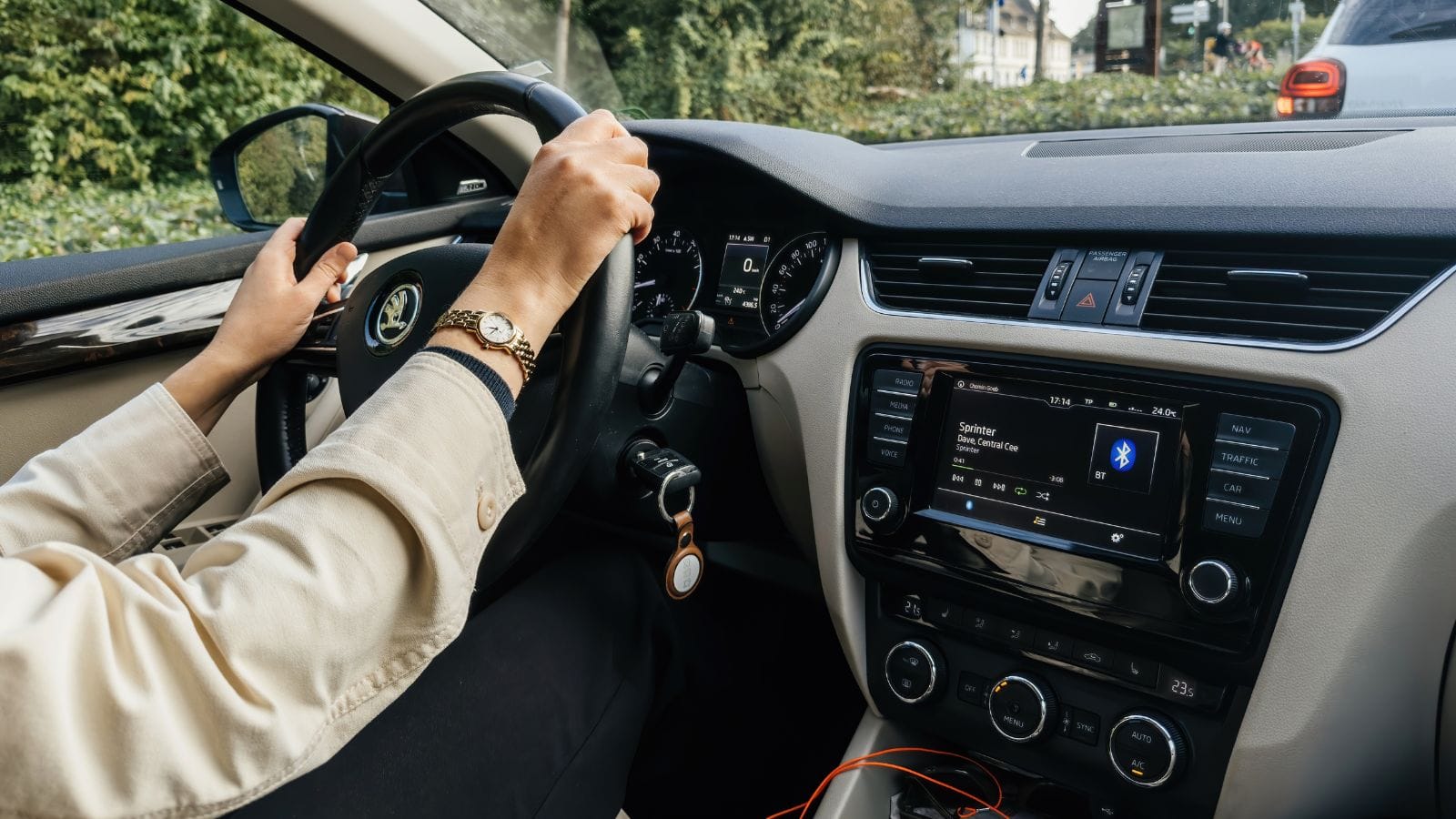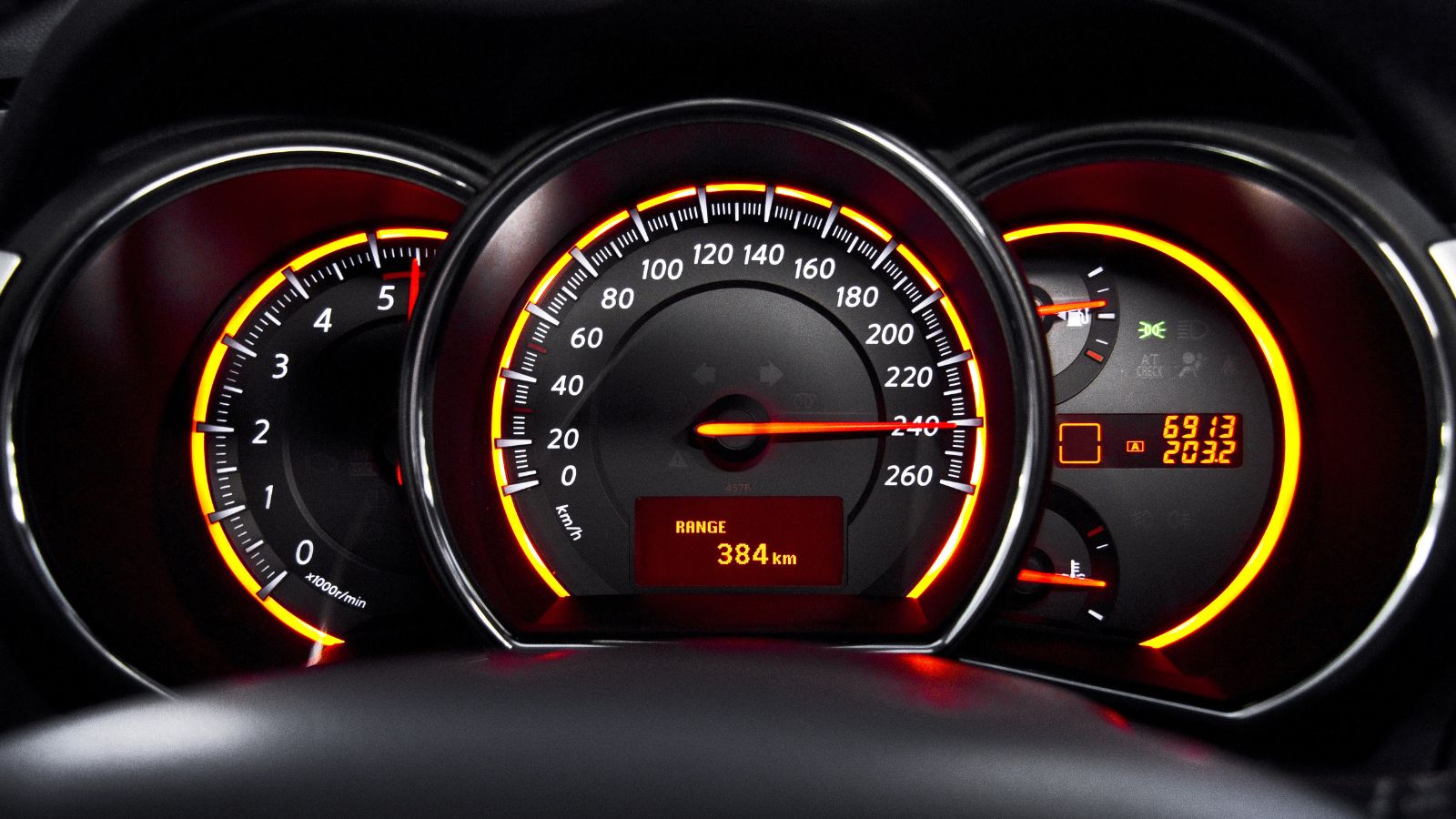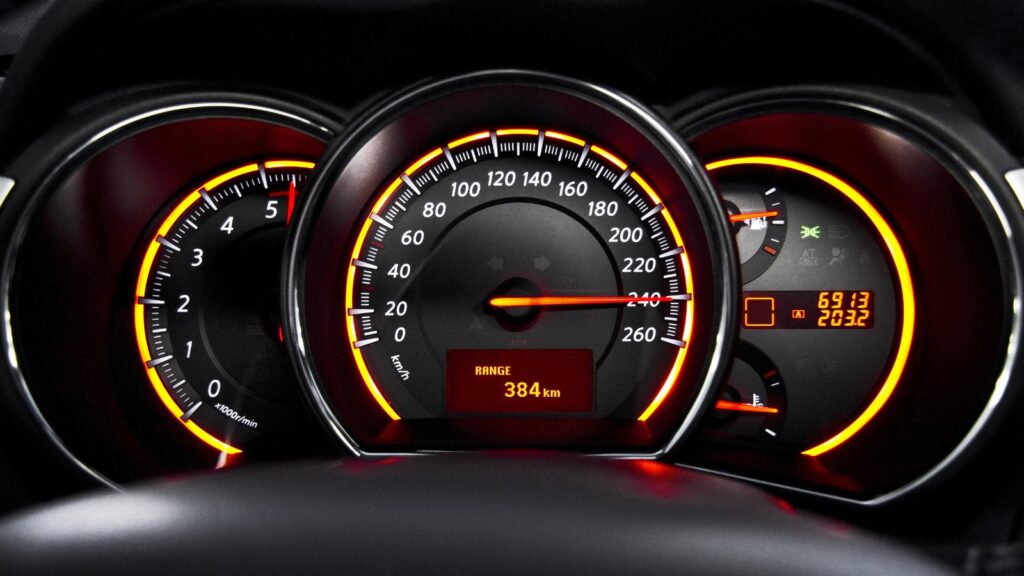When shoppers walk into a dealership expecting a brand new car, they often glance at the odometer and wonder why the number does not read zero. Instead, it usually shows anywhere from a handful of miles to a few dozen, and in some cases much more. For something advertised as “new,” this can be confusing and sometimes concerning. The truth is, no car is delivered with zero miles. Every vehicle picks up mileage as it is tested, shipped, and prepared for sale. The key is knowing what counts as normal and when the mileage becomes too high for comfort.
Factory and Quality Control Testing

Every car goes through a series of tests before leaving the factory floor. Engineers and technicians run the vehicle on a rolling road, perform emissions checks, and in many cases take it on a short drive to make sure it meets performance and safety standards. These tests add a small number of miles but are vital for ensuring the car is mechanically sound before it is shipped. Even moving the car from one part of the assembly plant to another or loading it onto transport vehicles adds distance. Those first miles are part of quality control and are an essential step in guaranteeing that the car is ready for its first true owner.
Transport and Shipping

Once the car leaves the factory, it still has to reach the dealership, and that journey adds more mileage. Cars are driven short distances to rail yards, loading docks, or onto trucks and ships. Once they arrive in port or at regional hubs, they are driven off carriers and repositioned again before being transported to the dealership. Each step may only add a mile or two, but by the time a car makes it from the factory to a showroom floor it has usually accumulated anywhere between 10 and 50 miles. In rare cases, if a dealership is located far from the factory or port, a car could arrive with closer to 100 miles, which is still within normal expectations.
Dealer Preparation and Test Drives

When the car finally reaches the dealership, technicians carry out what is called pre delivery inspection. This includes topping up fluids, checking tire pressures, running diagnostic scans, and ensuring all systems work as intended. To complete the inspection, the car is often taken on a short drive to confirm everything feels right on the road. Additionally, display or showroom models may be driven by potential customers on short test drives. These vehicles are still classified as new as long as mileage remains relatively low and they have not been previously registered. It is normal for these cars to have a higher odometer reading than vehicles that never left the lot, but they are still considered factory fresh.
What Is Normal Mileage for a New Car?

Most buyers should expect a new car to arrive with somewhere between 10 and 50 miles on the odometer. In some cases, depending on shipping distance or dealer use, the number may creep toward 100 miles. Anything in this range is perfectly standard and does not impact warranty coverage, resale value, or the car’s status as new. Cars with slightly higher mileage can also be acceptable, especially if they were part of a dealer transfer from another location. As long as the car is in pristine condition and has not been titled before, it is still officially new even if the odometer shows more than expected.
When Does Mileage Become a Concern?

The line between normal and questionable mileage depends on context. A car with 150 or 200 miles may still be perfectly fine, but buyers should ask for clarification. Often, these cars have been used for multiple test drives, extended dealer demos, or as transfers between dealerships. This does not necessarily make them bad purchases, but it does give you leverage to negotiate a lower price or request additional perks such as extended warranty coverage. Once a car climbs beyond 300 or 400 miles, it is worth treating it almost like a lightly used car. At that stage, buyers should expect a discount or other compensation since the car has clearly spent more time on the road before being sold.
How Much Is Too Much?

While every dealership handles mileage differently, most experts agree that anything under 100 miles is entirely normal for a new car. Between 100 and 300 miles, it becomes important to ask why. Above 400 or 500 miles, it is difficult to argue that the car has not been used more heavily, even if it is still technically new. Mileage at that level should trigger negotiation, because while the car may not have been titled, it has experienced far more use than what most buyers expect from a showroom purchase.
The Psychology of Zero Miles

Part of what fuels concern is buyer psychology. People equate “new” with untouched, but in reality, a car cannot be delivered with a perfectly clean odometer. Even a car that somehow arrived with only two miles has still been driven through factory testing and loading procedures. The presence of mileage is not a flaw but rather evidence of the processes that make sure the vehicle works as intended. Understanding this helps put odometer readings into perspective. The important distinction is not whether a car has miles on it, but whether those miles are reasonable and accounted for.
Necessary Miles

New cars come with mileage because they are tested, shipped, and prepared before sale. A small number of miles, typically 10 to 100, is completely normal and nothing to worry about. Cars with higher mileage can still be considered new, but buyers should ask for an explanation and may be entitled to a discount or additional coverage. What matters most is transparency and condition. A well documented new car with a few extra miles can still be an excellent purchase, while one with several hundred unexplained miles should prompt careful negotiation. In the end, mileage on a new car is simply part of the process of getting it from the factory to you, and the key is knowing how much is normal and when to start asking questions.
25 Facts About Car Loans That Most Drivers Don’t Realize

Car loans are one of the most common ways people fund car purchases. Like any other kind of loan, car loans can have certain features that can be regarded as an advantage or a disadvantage to the borrower. Understanding all essential facts about car loans and how they work to ensure that you get the best deal for your financial situation is essential. Here are 25 shocking facts about car loans that most drivers don’t realize:
25 Facts About Car Loans That Most Drivers Don’t Realize
